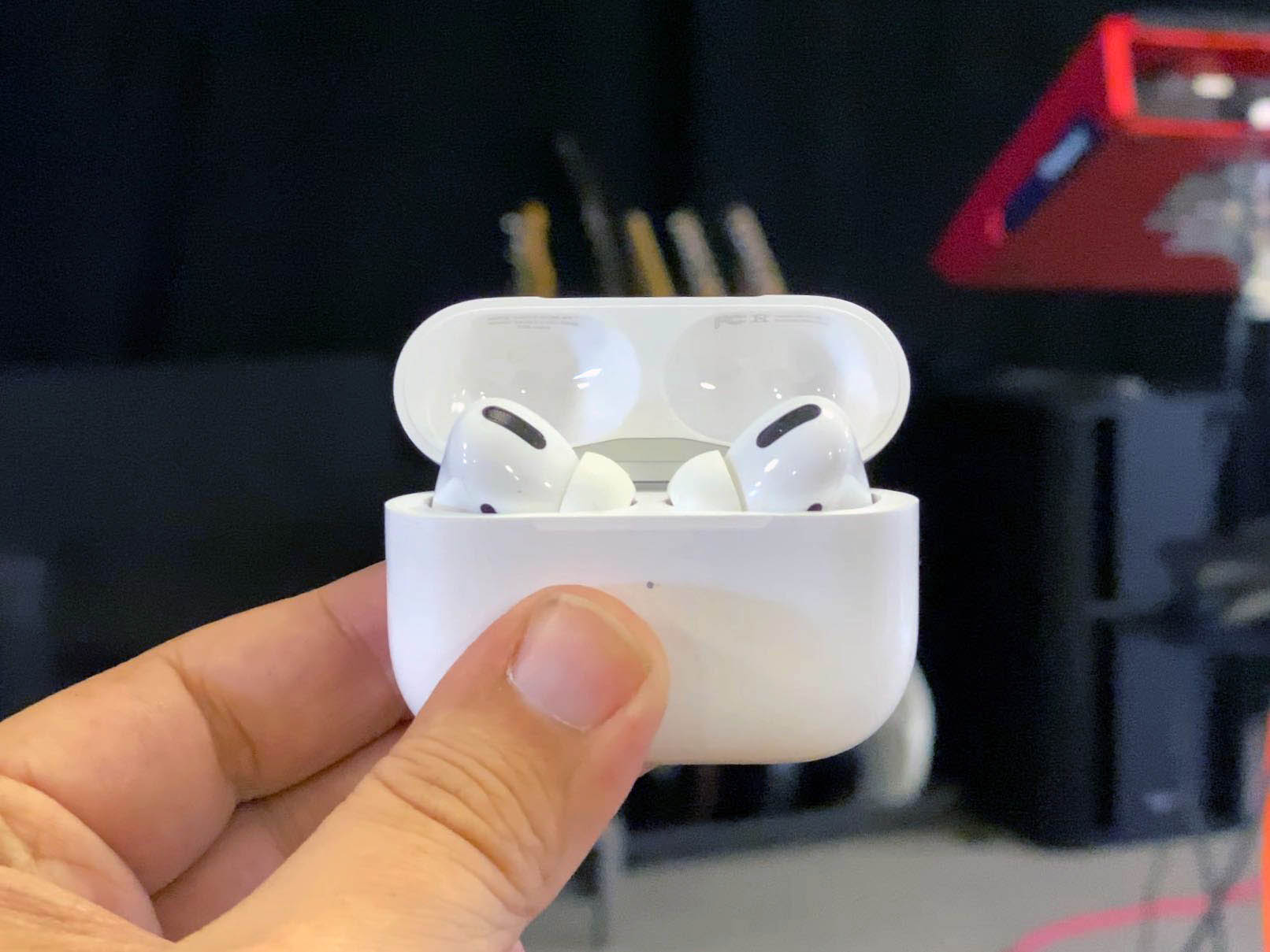Apple's got some brand new AirPods. AirPods Pro to be specific. And, I'm not just going to give you all the details, and tell you how they compare to the regular AirPods and the PowerBeats Pro, but I'm going to unbox them and go hands-on. Right now.
AirPods are the best-selling headphones in the world. And, based on all the memes alone, I've got no reason to doubt it. Bu,t they're also far from perfect. In my own reviews, going back to the originals, I've asked about better sizing for my grappling-mashed ears. Water resistance for rain or sweat while walking out or working out. Noise cancelation for when the world is just too loud. And colors, for when I want to be loud.
AirPods Pro are the answer for most, if not all of that.
Now, they don't replace the current, second-generation AirPods the way those did the originals. Instead, they join the lineup as a higher-end option. Like MacBook and MacBook Pro. iPad and iPad Pro. iPhone and iPhone Pro. You get it.
AirPods Pro: Design
AirPods Pro have been designed to be water-resistant and are IPX4 certified. That's better than both AirPods and PowerBeats Pro. You can't use them in water, and they probably won't survive dunking like a donut, but they should be fine with sweat and rain.
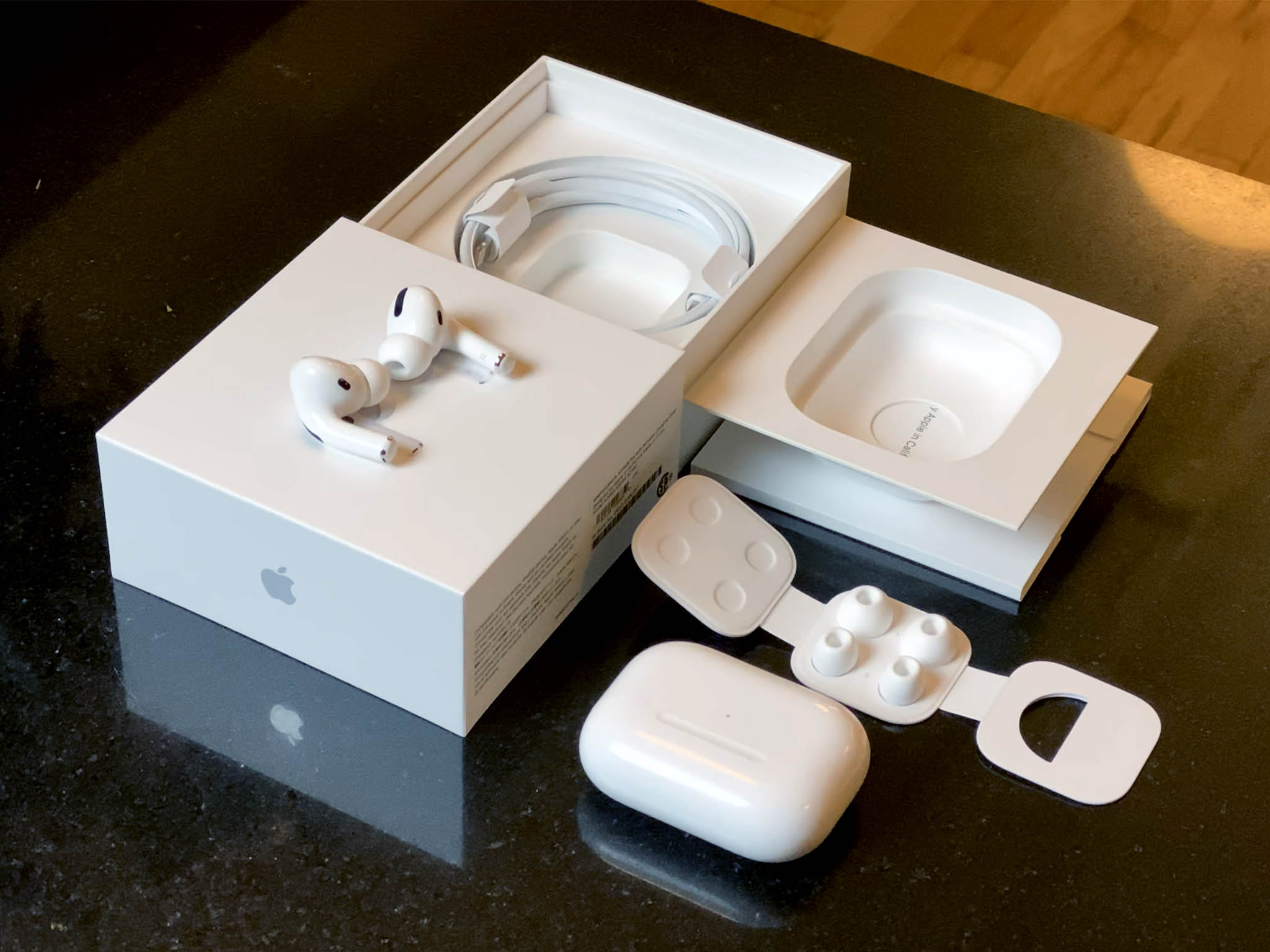
The standard AirPods come in one size fits… most. Certainly not all. They're a molded piece of unabashedly plastic, and while they fit great in my left ear, they've always been a little looser in my right. They fit great in both for a lot other people, and neither for some.
PowerBeats Pro, which use a lot of the same tech as AirPods, fixed the problem by not only going around the ear, but into it, with a few different sizing options. AirPods Pro do the same. They come with three different sizes of silicon ear tips that, yeah, make them look like video game characters, but also let them create a far better fit and far better seal.
iMore offers spot-on advice and guidance from our team of experts, with decades of Apple device experience to lean on. Learn more with iMore!
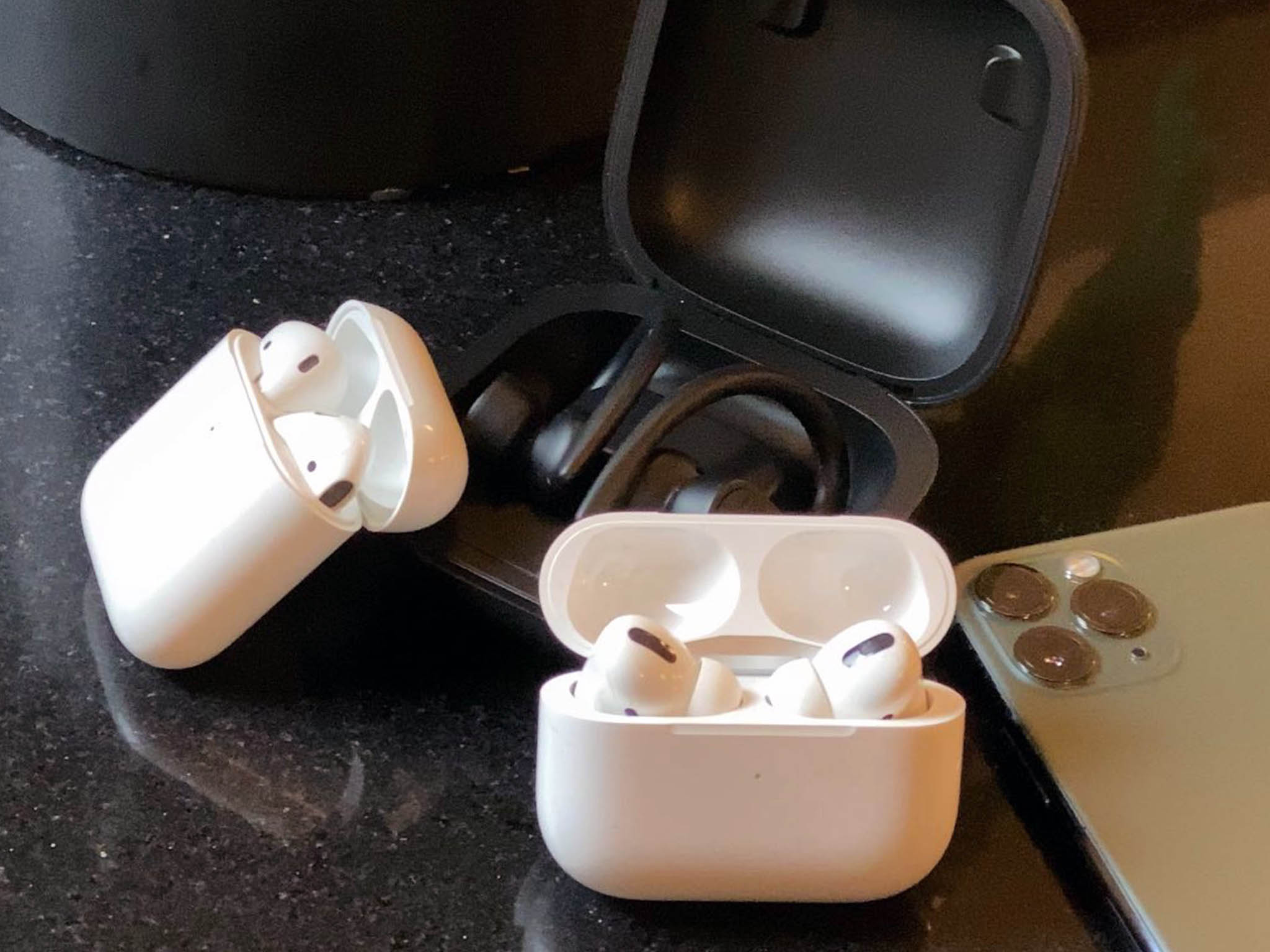
As you'd expect, you don't peel them on or off like some common silicon tip. Apple has come up with their own, unique system to snap the tips into place.
To make a good fit great, they also use a vent system to equalize pressure and minimize discomfort resulting from that seal. I'll report back on just how well and for how long that really works.
AirPods Pro: Noise Cancellation
The reason for the seal isn't just fit, it's noise cancellation. Standard AirPods don't have any. They sit just inside your ear and let a lot of ambient sound in. PowerBeats Pro go further inside but their noise reduction is purely passive — it is the seal. AirPods Pro go full-on active with their noise cancelation. Adaptive even.
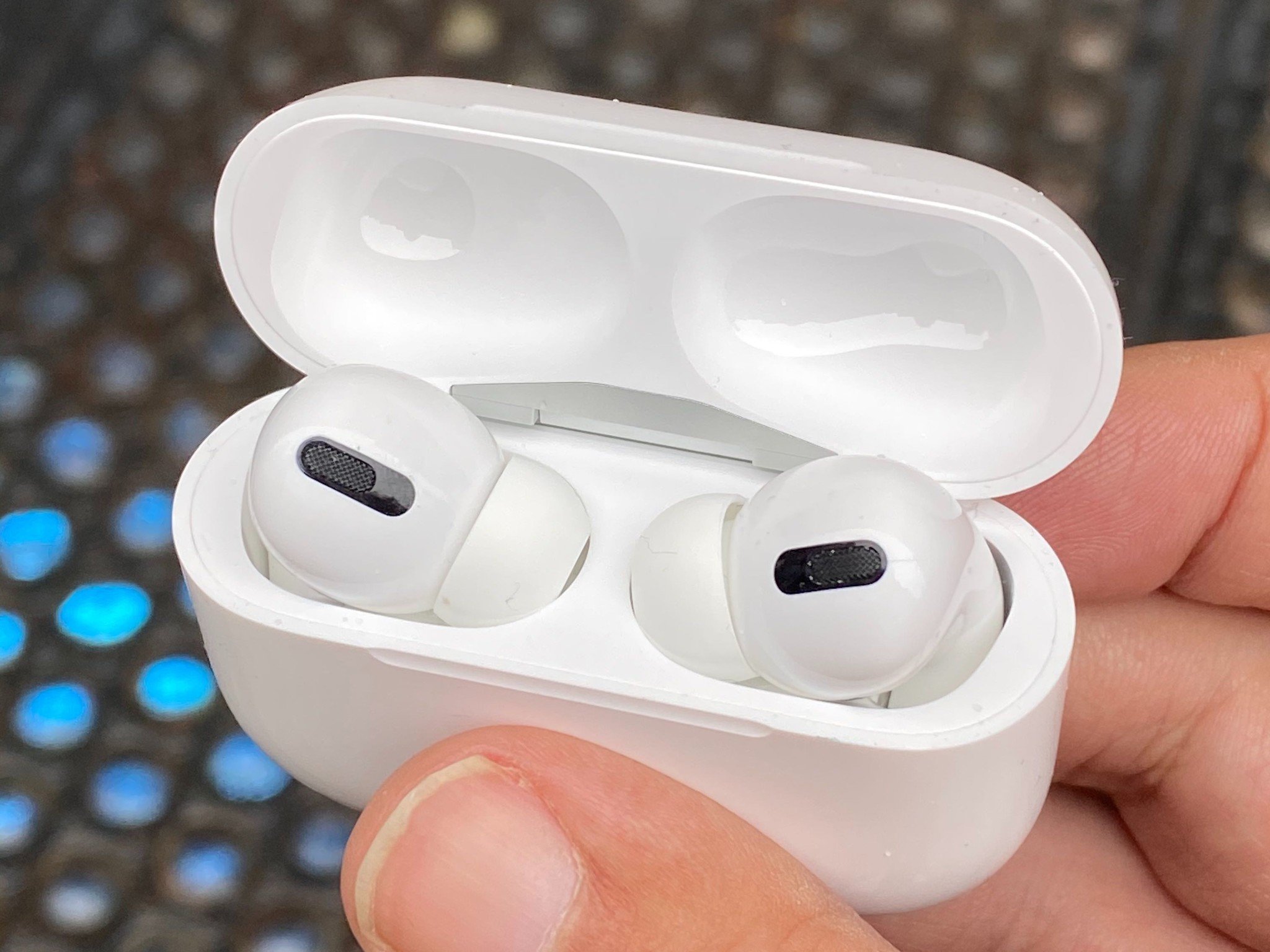
They've got two microphones on each pod, one listening to the outside world and the other listening to what's bouncing around your own ear. Then, 200 times a second, they cancel all that noise. Like, sure, Wonder Woman hitting her bracers together. So it never reaches your ear.
So, you don't hear the engine of the plane, the conversation at the next table, the siren, the birds or the barking. Not really. You just mainly hear the audio you're playing. The book, the podcast, the music.
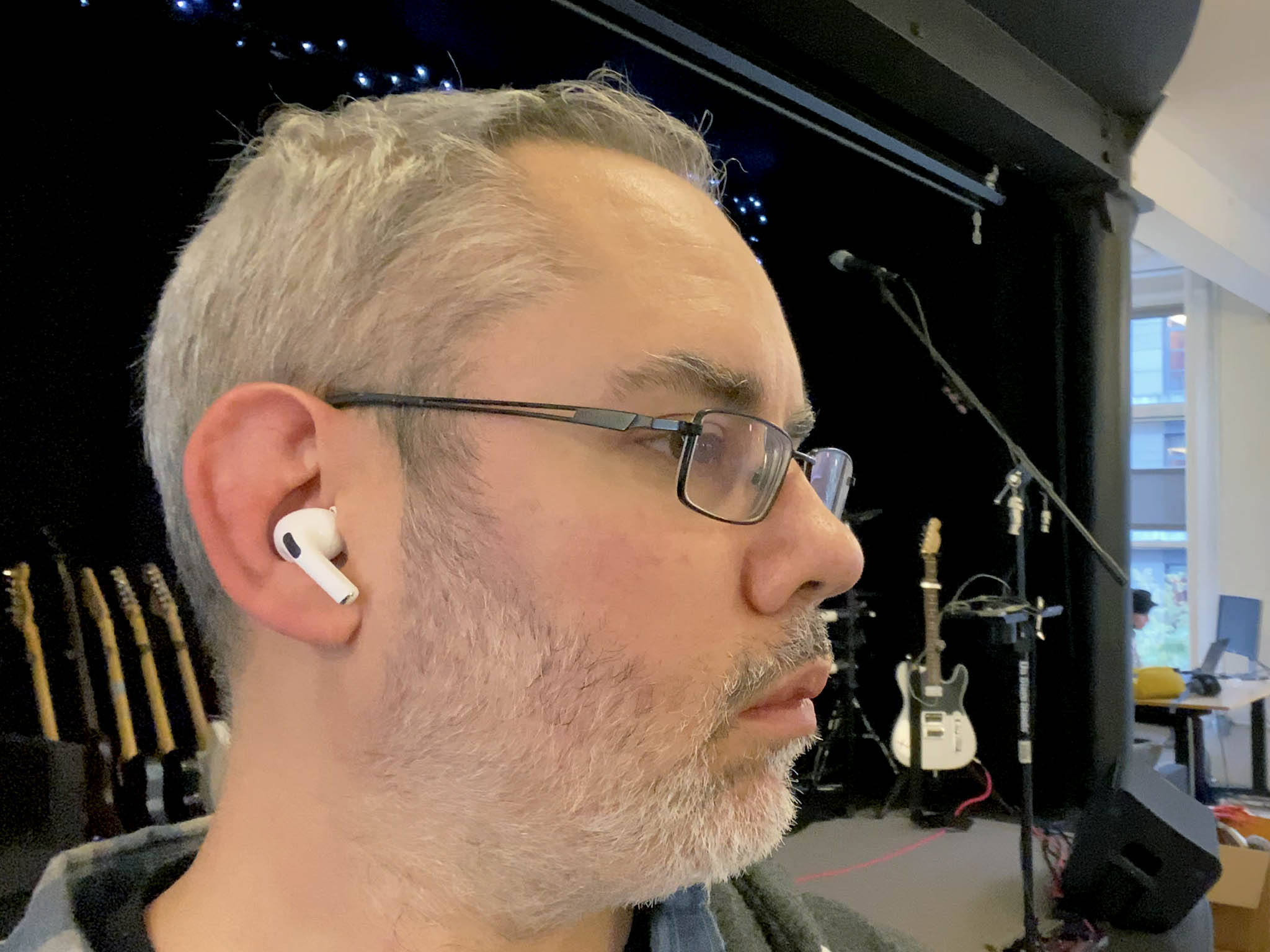
If you do want to hear the world around, for example, to avoid cars while you're running or to ask for another tasty beverage while you're flying, you can switch to transparency mode.
That uses the vent system to let in enough noise for you to listen and talk, if and when you have to, but without assaulting you with the unwashed, unfiltered universe.
All while you're still enjoying your audio.
AirPods Pro: Sound
To provide for that audio, AirPods Pro uses Adaptive EQ, which is basically Apple flexing their computational muscles again. The ones from that giant lab near Apple Park. It automatically tunes low and mid-range to shape it for your specific ear.
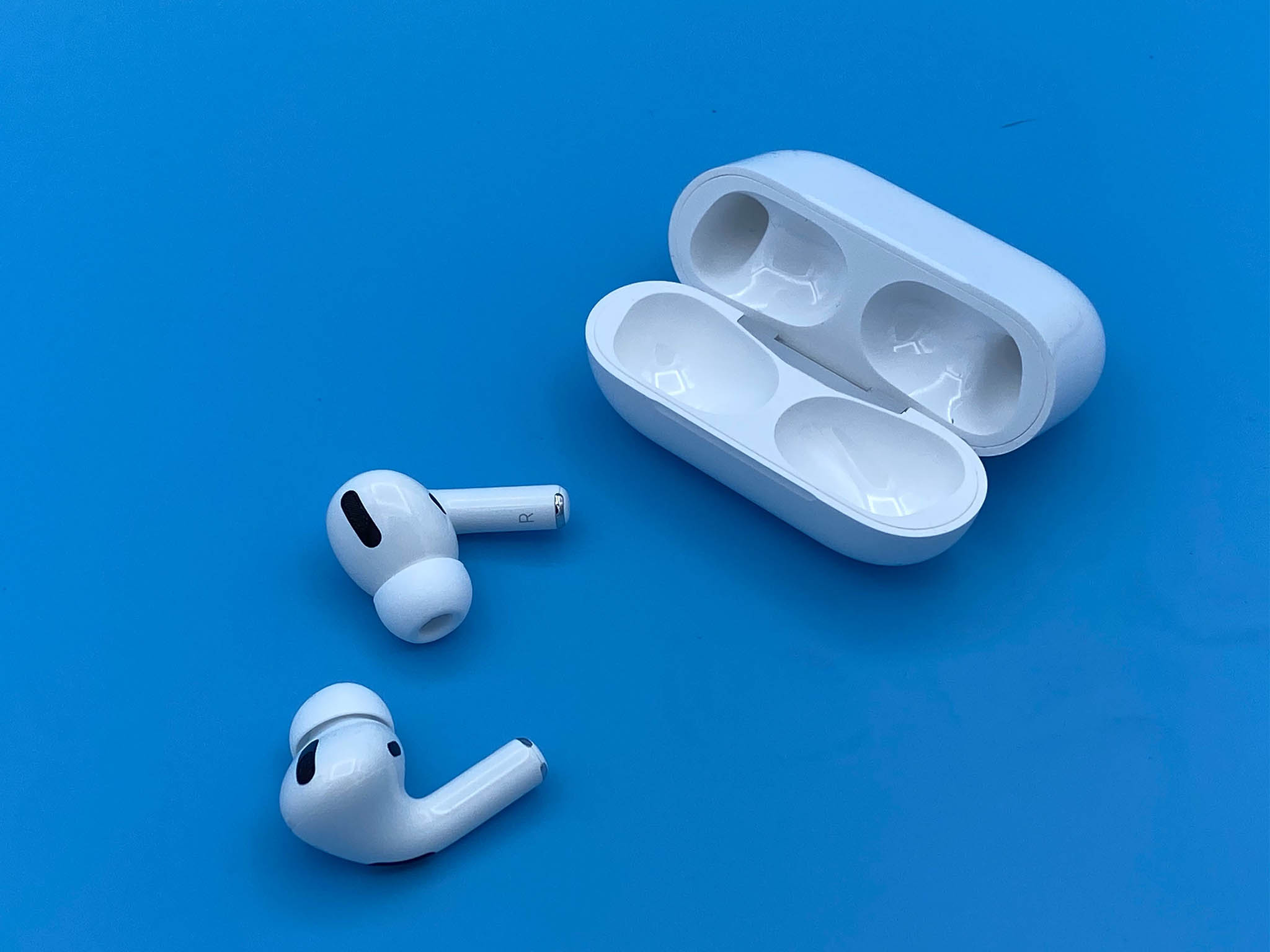
Apple says they have a custom, high dynamic range amplifier inside, that doesn't just provide clear sound and power for a custom, speaker driver, but for extended battery life as well.
AirPods have never gotten raves for their sound. PowerBeats Pro and the just-released BeatsSolo Pro, both of which use similar tech, have gotten far more praise.
I'm going to have to listen for a while to see how these really sound, but if Apple's managed to combine higher quality with the AirPods legendary experience, that'll be something to hear.
AirPods Pro: Performance
AirPods Pro use the same, custom Apple H1 headphone chip that debuted with the second-generation AirPods non-Pro and have since turned up in the PowerBeats Pro and Beats Solo Pro. But, it's now all wrapped up in a system-in-package design for greater efficiency and, for the first time, it's using all of the 10 audio cores available in the H1. That's what's doing all the heavy listening for everything from adaptive sound to voice-activated Siri.
Apple says each pod gets get up to 4.5 hours of listening time and up to 3.5 hours of talk time per charge, and the case can charge them for up to 24 hours of listening and 18 hours of talking.
That's compared to up to 5 hours listening time per pod for the standard AirPods, and up to 9 hours for the beefier PowerBeats Pro. The cases are all rated the same.
AirPods Pro, though, come with an inductive charging case. With the standard AirPods it's optional and with the PowerBeats Pro, not even an option.
AirPods Pro: Colors
About the only thing AirPods Pro don't solve for are colors. Despite rumors to the contrary, always rumors, you can get them in any color you want… as long as what you want is white. Same as the standard Airpods.
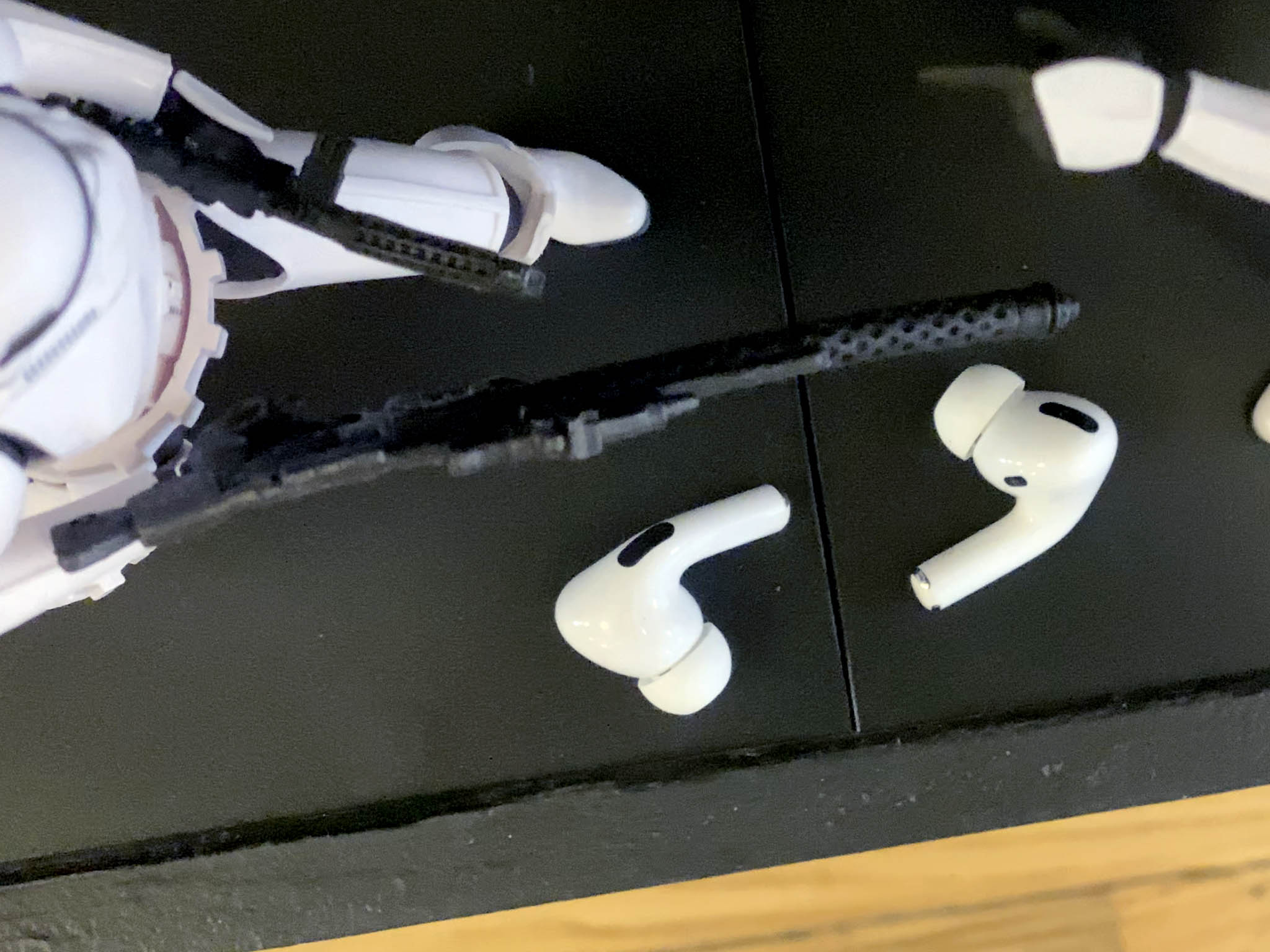
So, for now at least, if you want colors in your Apple ears, you'll have to go with PowerBeats Pro and white, black, navy blue, and moss green.
AirPods Pro: Q&A
While I was working on this column and video, I asked for your questions on Twitter and Instagram. Here are answers to the most frequent of those questions.
- There's a big difference in sound between AirPods and AirPods Pro, because AirPods Pro has noise cancelation and is also doing a ton of fancy computational audio work, like HomePod, to optimize audio for each of your ears.
- Noise cancelation is also done for each ear separately, because each ear is slightly different. Because of that, it still works with only one AirPod Pro in your ear, but obviously the other ear hears all the noise.
- With Noise Canceling off, they sound like noise isolation headphones because the tips still seal off your ears.
- With Transparency on, thanks to the vents, it sounds kinda normal, a little enhanced, a little digitally clipped. You know, like the way Cher believes in love.
- Apple used the old scans from when they made the EarPods and added new scans and heat maps to help create the new shape.
- There's no plastic inside the tips. They sit flush on the base, so it's only silicone going into your ear. That lets them mold to the shape better.
- You can run a test in the Bluetooth Settings to make sure the seal is good. It uses the internal mic to compare the music it's sending to the music inside your ear. Then it'll pass you or recommend switching the tips.
- If you lose a tip, or one gets all gross, you can buy a set of replacement tips for $3.95 a pair from Apple.
- You can try them on, and test the fit of the tips, at Apple Stores, same as you can regular AirPods.
- There's no U1 chip, alas. Just H1.
- You can't tap them like standard AirPods because, thanks to the in-ear and the seal, it's really uncomfortable. Which I can confirm. That's why you now click the stem.
- The button is fake, like on Mac Trackpads and older iPhones with virtual home buttons. You get a clicking sound which tricks you into thinking its real. Because perception is a lie and physics tells them.
- The stems also still allow better time of flight analysis for mic pickup.
To be continued…
AirPods Pro are $249 in the U.S. and go on sale October 30, 2019. That's the same price as PowerBeats Pro — or it was before Apple price-dropped them to $199 in the U.S.! —and $50 more than the $199 U.S. it'll cost you for standard AirPods with the inductive charging case.
Are they worth it? I'm going to have a full video review for you just as soon as I've spent some quality time with the new AirPods Pro. So, let me know your questions and your thoughts!
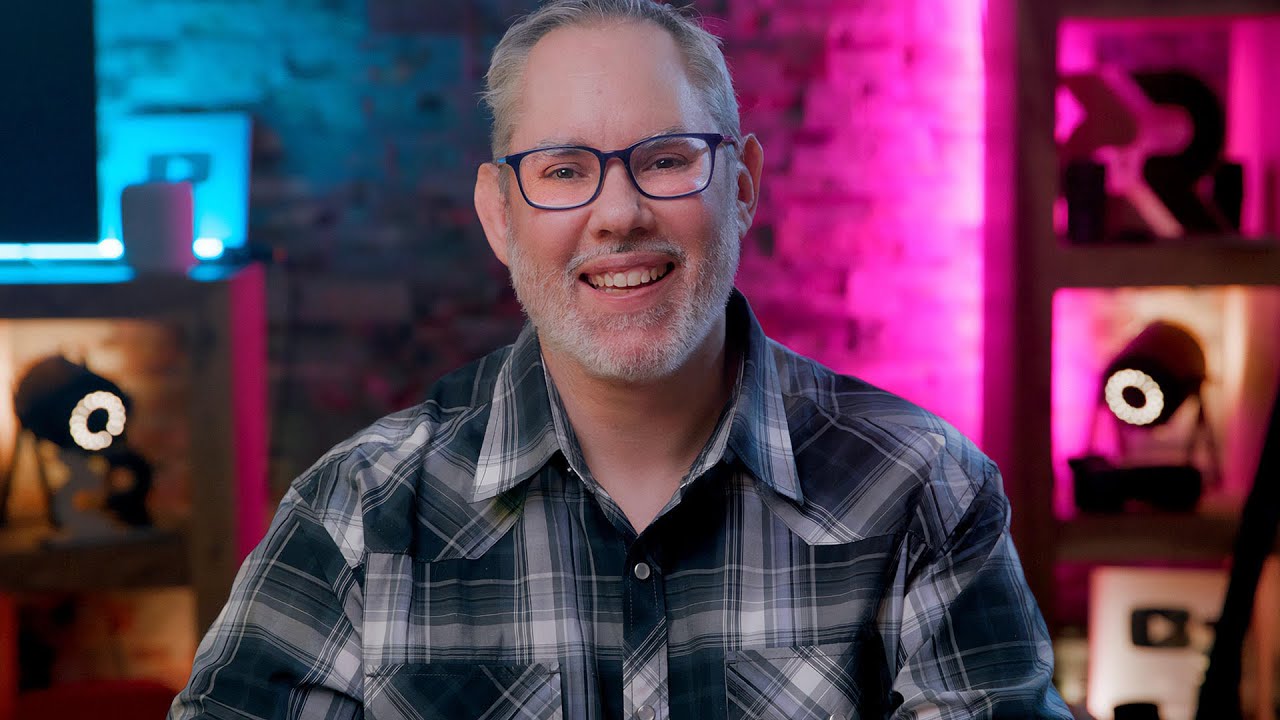
Rene Ritchie is one of the most respected Apple analysts in the business, reaching a combined audience of over 40 million readers a month. His YouTube channel, Vector, has over 90 thousand subscribers and 14 million views and his podcasts, including Debug, have been downloaded over 20 million times. He also regularly co-hosts MacBreak Weekly for the TWiT network and co-hosted CES Live! and Talk Mobile. Based in Montreal, Rene is a former director of product marketing, web developer, and graphic designer. He's authored several books and appeared on numerous television and radio segments to discuss Apple and the technology industry. When not working, he likes to cook, grapple, and spend time with his friends and family.
